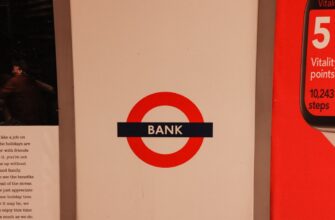Understanding the Bitcoin Halving Phenomenon
Bitcoin halving is a pre-programmed event in Bitcoin’s code that slashes the reward for mining new blocks by 50%. Occurring approximately every four years (or every 210,000 blocks), this deflationary mechanism controls Bitcoin’s supply and mimics the scarcity of precious metals like gold. Designed by Bitcoin’s pseudonymous creator Satoshi Nakamoto, halvings continue until the maximum supply of 21 million BTC is reached around 2140.
How Bitcoin Halving Works: The Technical Mechanics
When Bitcoin launched in 2009, miners received 50 BTC per validated block. Halvings systematically reduce this reward:
- Validation Process: Miners compete to solve complex cryptographic puzzles to add transaction blocks to the blockchain
- Reward Adjustment: At each halving, the block reward is cut in half automatically by the network’s consensus rules
- Supply Cap Enforcement: This ensures only 21 million BTC will ever exist, combating inflation
Historical Bitcoin Halvings and Market Impact
Past halvings have triggered significant market movements:
- 2012 Halving: Reward dropped from 50 to 25 BTC. Bitcoin price surged from $12 to $1,100 within a year
- 2016 Halving: Reward fell from 25 to 12.5 BTC. Price climbed from $650 to $20,000 by late 2017
- 2020 Halving: Reward decreased from 12.5 to 6.25 BTC. Price rose from $8,000 to an all-time high of $69,000 in 2021
While past performance doesn’t guarantee future results, these events consistently reshape Bitcoin’s economic landscape.
Why Bitcoin Halving Matters: 5 Critical Implications
- Supply Shock: New Bitcoin entering circulation drops instantly by 50%, creating scarcity
- Miner Economics: Mining operations face profitability pressures, potentially leading to industry consolidation
- Price Volatility: Historically precedes bull markets due to supply/demand imbalance
- Network Security: Transaction fees become increasingly vital to incentivize miners as block rewards diminish
- Investor Psychology: Fuels media attention and retail investor interest in cryptocurrency
The Next Bitcoin Halving: What to Expect in 2024
The fourth halving is projected around April 2024, reducing block rewards to 3.125 BTC. Key considerations:
- Increased institutional adoption may amplify price effects compared to previous cycles
- Mining industry faces efficiency challenges with older hardware becoming unprofitable
- Potential regulatory developments could influence market dynamics
- Growing prominence of Layer-2 solutions like Lightning Network may offset fee revenue concerns
Bitcoin Halving FAQ: Your Top Questions Answered
Q: When is the next Bitcoin halving?
A: Expected in April 2024 at block height 840,000, though exact dates depend on block discovery speed.
Q: Does halving make Bitcoin more valuable?
A: By reducing new supply, halvings create scarcity which historically correlates with price appreciation if demand remains constant or increases.
Q: What happens to miners after halving?
A: Miners with inefficient operations may shut down, while profitable miners gain market share. Transaction fees become increasingly important for revenue.
Q: How many halvings remain?
A: Approximately 30 more halvings will occur until around 2140 when the final Bitcoin is mined.
Q: Can halving events be changed?
A: Only through overwhelming network consensus, which is highly unlikely as it would undermine Bitcoin’s core monetary policy.
Q: Does halving affect Bitcoin transactions?
A: Transaction speed and fees remain unaffected directly, though network congestion during high demand periods may increase fees.








